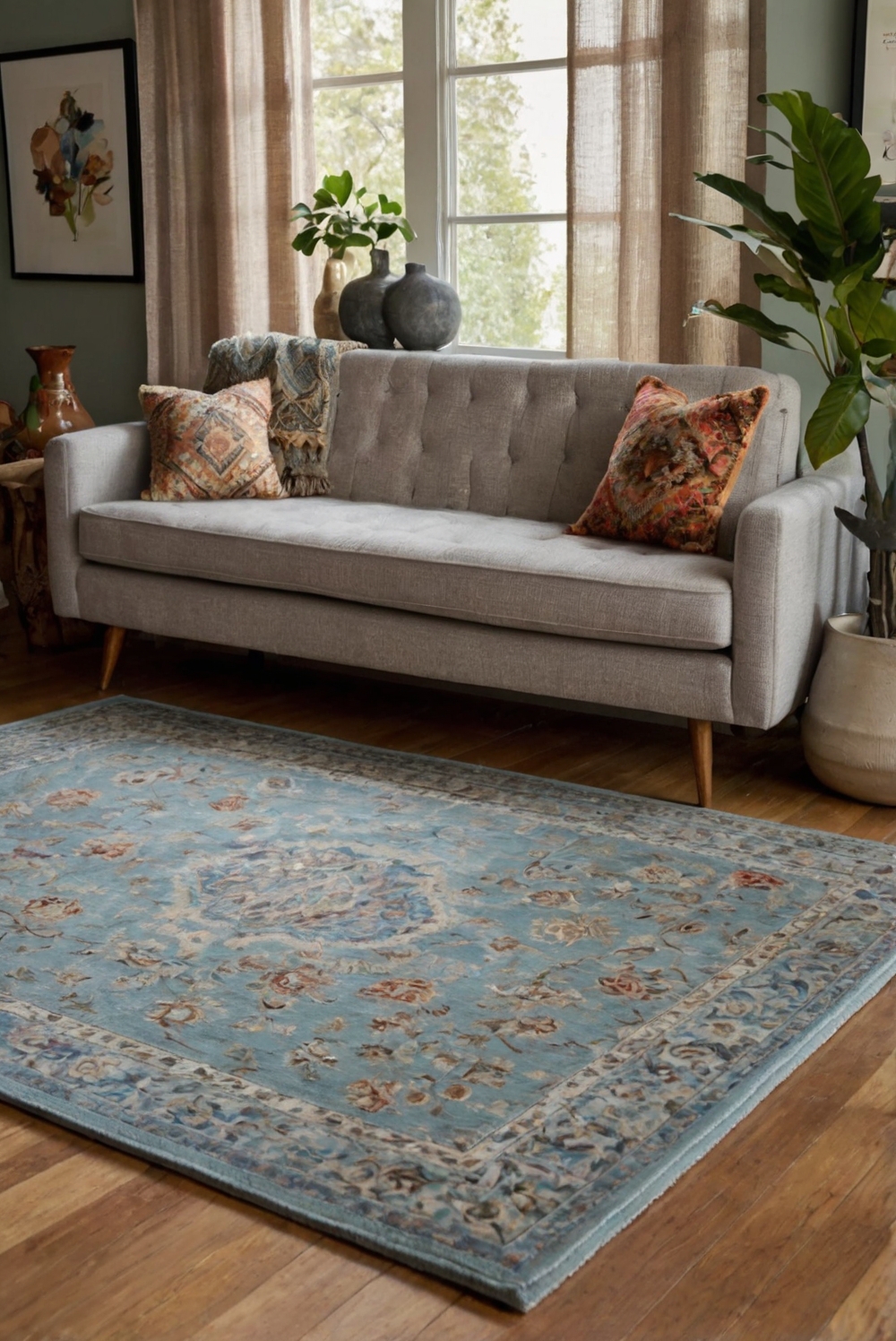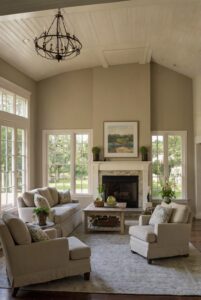Explore creative ways to use rugs in an open-plan living space. Learn how to define various areas within the same room with the right rug choices!
How can you use rugs to define different areas within an open-plan living space?
Answer:
Using rugs is an excellent way to define different areas within an open-plan living space. To achieve this, consider the size and shape of the rugs to delineate specific zones such as the dining, seating, and entertainment areas. You can use rugs with varying patterns or textures to create visual interest and clearly distinguish each space. Additionally, using rugs in complementary colors can help tie the different areas together seamlessly. Make sure to choose durable and easy-to-clean rugs based on the traffic in each zone. Proper placement and layering of rugs can enhance the aesthetic appeal and functionality of your open-plan living space.
How can you use rugs to define different areas within an open-plan living space?
Rugs can be incredibly versatile and effective in defining separate areas within an open-plan living space. Here are some ways to use rugs to achieve this:
Separate Spaces
Rugs can visually separate different areas within an open-plan living space, such as the living room, dining area, and workspace. By placing rugs strategically, you can create distinct zones that serve different purposes.
Anchor Furniture
Rugs can anchor furniture groupings within a large open space. For example, a rug placed under a coffee table and sofa set can define the living room area, while a rug under the dining table can delineate the dining space.
Define Traffic Flow
Rugs can help guide the flow of traffic within an open-plan living space. Placing rugs along pathways or between different zones can create a sense of direction and organization.
Enhance Visual Appeal
In addition to defining areas, rugs can also enhance the visual appeal of an open-plan living space. Choosing rugs with patterns, textures, or colors that complement the overall decor can tie the different zones together harmoniously.
Consider Size and Shape
When using rugs to define areas within an open-plan living space, it’s essential to consider the size and shape of the rugs. Larger rugs are ideal for defining larger areas, while smaller rugs can be used to delineate smaller spaces within a zone.
In conclusion, rugs can be powerful tools for defining different areas within an open-plan living space. By strategically placing rugs, anchoring furniture, defining traffic flow, enhancing visual appeal, and considering size and shape, you can create a cohesive and well-defined living space that meets both functional and aesthetic needs.
1. Why are rugs essential for defining different areas within an open-plan living space?
Rugs are essential in open-plan living spaces because they can visually separate different functional areas without the need for physical walls. By strategically placing rugs under furniture groupings or along walkways, you can create distinct zones for dining, lounging, or working. This not only helps in defining the purpose of each area but also adds warmth and texture to the space. Additionally, rugs can act as a design element that ties the overall decor together, creating a cohesive look throughout the open-plan area.
2. What are some tips for choosing the right size rug to define different areas within an open-plan living space?
When selecting a rug to define different areas in an open-plan living space, consider the size and layout of the room. For the dining area, choose a rug that is large enough to accommodate the table and chairs with extra space for movement. In the seating area, opt for a rug that extends beyond the furniture to create a cozy and inviting space. For the workspace, a smaller rug under the desk can help delineate the area. It’s essential to measure the dimensions of each zone and select rugs that fit appropriately to define the different areas effectively.
3. How can rugs help in creating a cohesive design scheme within an open-plan living space?
Rugs play a crucial role in creating a cohesive design scheme within an open-plan living space by tying together various elements of the decor. By selecting rugs with complementary colors, patterns, or textures, you can unify different areas while still allowing each zone to maintain its distinct identity. For example, a neutral rug with a subtle pattern can seamlessly transition from the dining area to the living room, creating a harmonious flow throughout the space. Additionally, incorporating multiple rugs that share a common design element can visually connect separate areas and enhance the overall aesthetic appeal of the open-plan layout.
4. What are some creative ways to use rugs to define different areas within an open-plan living space?
Innovative ways to use rugs in an open-plan living space include layering rugs of different sizes and shapes to delineate specific zones. For instance, placing a smaller rug on top of a larger one in the seating area can create a cozy nook within the larger space. Using rugs with contrasting textures or colors can also help in defining different areas while adding visual interest to the overall design. Additionally, incorporating statement rugs with bold patterns or unique shapes can serve as focal points within each zone, making them stand out while still contributing to the cohesive look of the space.
5. How can rugs contribute to the functionality and comfort of different areas within an open-plan living space?
Rugs not only define different areas within an open-plan living space but also contribute to the functionality and comfort of each zone. In the dining area, a rug under the table and chairs can muffle noise, protect the flooring, and provide a soft surface for underfoot comfort. In the seating area, a plush rug can create a cozy atmosphere, making the space more inviting for lounging or entertaining. For the workspace, a durable rug can define the area while offering a comfortable surface for standing or sitting. By choosing rugs that are both functional and comfortable, you can enhance the usability and overall enjoyment of each distinct zone within the open-plan living space.




